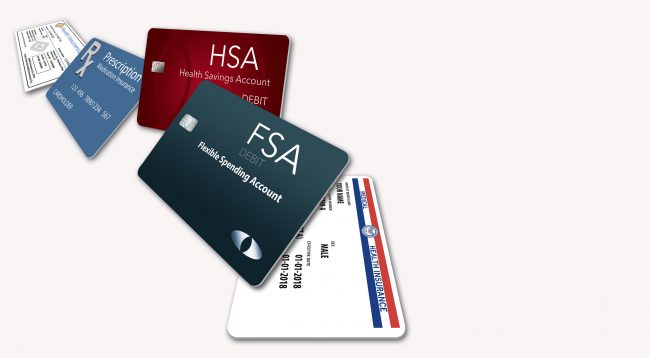Employers Avoid Cost-Shifting, Focus on Reducing Employee Outlays: Study
Despite group health plan inflation increasing again in 2024, a new study has found that employers continue staying the course in not shifting costs to employees who may already be overstretched by inflation and medical bills.
Instead, 64% of employers say they are looking for ways to boost their health and well-being offerings to better meet employee needs, according to Mercer’s “Survey on Health & Benefit Strategies for 2024 Report.” That’s on top of the 25% who said they had already enhanced their slate of benefits in the last two years to better attract and retain staff and meet employees’ needs.
With health care costs expected to jump 7% this year from the 2023 level and insurance premiums reflecting that increase, many employers will be challenged to balance benefit options with cost-controlling measures, according to the report.
“Employers are looking to enhance benefits, but they need to do it carefully. Not by adding bells and whistles, but by looking for opportunities to add value,” Mercer wrote in its report. “Sometimes that means filling gaps in current offerings with more inclusive benefits. It might mean revisiting time-off policies to give employees more flexibility.”
With significant cost-shifting off the table for most employers, employers will have to get creative to meet the challenge of offering benefits that workers want and need, and health care they can afford, while also managing cost growth.
Addressing employee costs
Some tactics employers are using to boost affordability for their staff include:
- Offering at least one free employee-only coverage in at least one medical plan.
- Making larger health savings account contributions to lower-paid employees.
- Using salary-based contributions, with lower-wage staff paying less than those earning more.
- Offering programs to help employees manage specific health conditions.
- Taking action to address the cost of specialty prescription drugs.
- Focusing on virtual care.
- Steering members to quality care with a navigation or advocacy service (beyond the health plan’s standard service).
- Limiting plan coverage to in-network care only (in at least one plan).
Other benefit enhancements
Employers are also looking at enhanced benefit options, such as:
Support for women’s health — According to Mercer, 46% of employers plan to offer benefits or resources to further support women’s reproductive health, up from 37% last year.
This includes:
- Preconception planning.
- Menopause benefits (the percentage of employers planning to offer menopause support has more than tripled since last year’s survey).
- Lactation help resources.
- Post-partum depression resources.
Childcare benefits and resources — Employers can help support caregivers for the long term with flexible hours and family leave and time-off policies. Some employers also provide subsidized childcare benefits.
Increasing employee flexibility — More employers are also offering paid time off for all kinds of families (like those with LGTBQ parents). Other options being offered include:
- Hybrid work options (80% of employers offer or plan to offer these),
- Paid time off to volunteer (49%),
- Remote work options (47%), and
- Four-day workweeks or consolidated schedules (22%).
The takeaways
With group health plan costs continuing to increase amid a highly competitive job market, employers need to take a balanced approach to their benefit offerings, while being mindful of the increasing out-of-pocket expenses their employees may face when accessing health care.
Your decisions in also offering enhanced benefits will obviously be based on your budget, but also on your employee population. Call us to discuss options.











